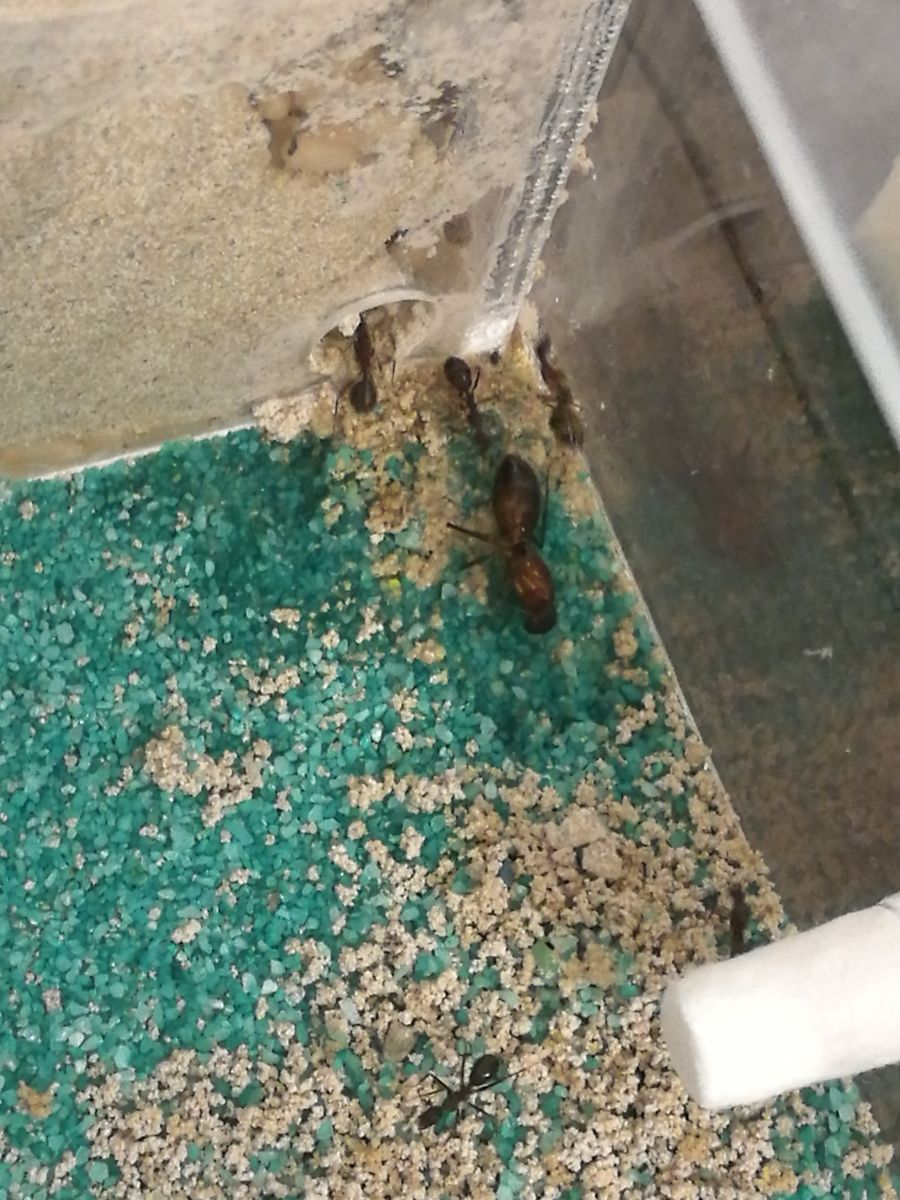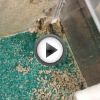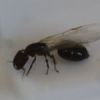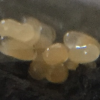Hi all!
Has any one of you ever experienced a gradual progression of paralysis in your queens?
My 1.5 years old Camponotus barbaricus queen is going through that process, and I wonder what led to that.
First to describe it; Through the past 4-5 months, it gradually progressed from a fully healthy queen to a semi-paralyzed one.
I first noticed one of her middle legs was cramped and immovable. The leg fell off, or was torn off, after a while. I thought it might have atrophied due to the queen not moving much. A couple of months later, I found the queen in the outworld, lying on her side. She dragged herself back in, but she did it sideways, as her hind leg on the same side got paralyzed as well. Fast forward to yesterday, when I found her in the outworld once again, only forelegs still functioning. She mostly cannot move, but just kick her forelegs in the air. When she can get a grip with them, she is even able to climb vertical acrylic walls. I don't know why she wants to get out of the nest occasionally (three times yesterday). The nest is a dirt one, so she should be as happy as a pig in mud.
Anyway, I was thinking slow poisoning through the substrate or something... but the workers are all fine. The colony is actually multiplying, looks like she is able to produce eggs. Another thing I noticed; I got this queen from Spain, and I got two of them at the same time. The other one had her middle legs paralyzed from the start. I thought it was an injury at the time, but now I'm not so sure. I don't know what happened to the other queen as I gave her away. Could it be a parasite, or a genetic disorder (the two queens could have easily been from the same nest)? Do you have experiences/opinions to share?


Edited by skocko76, September 4 2018 - 11:52 PM.















